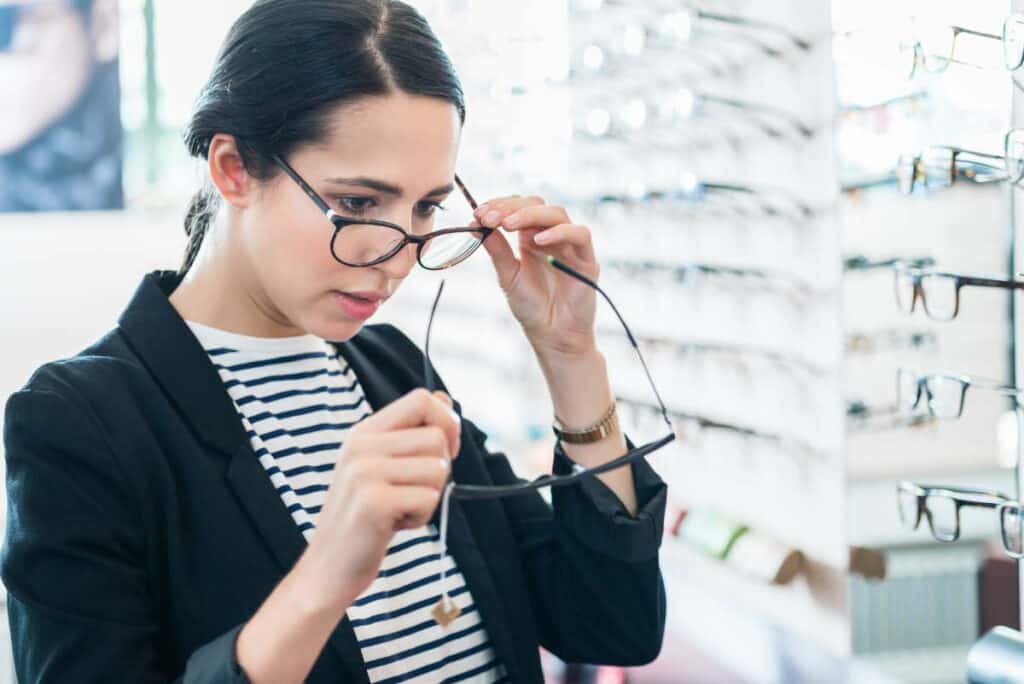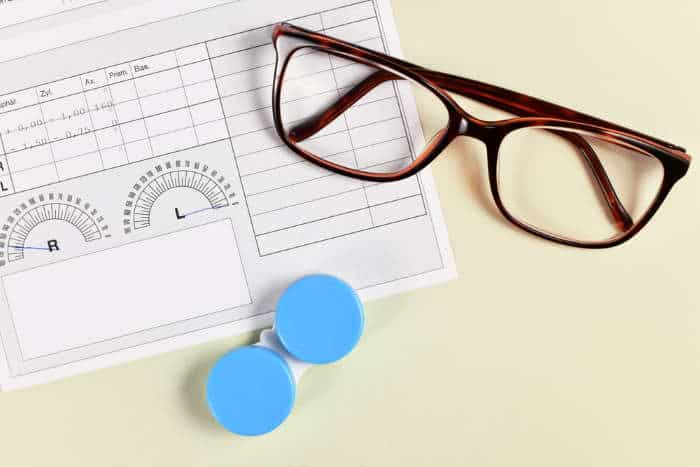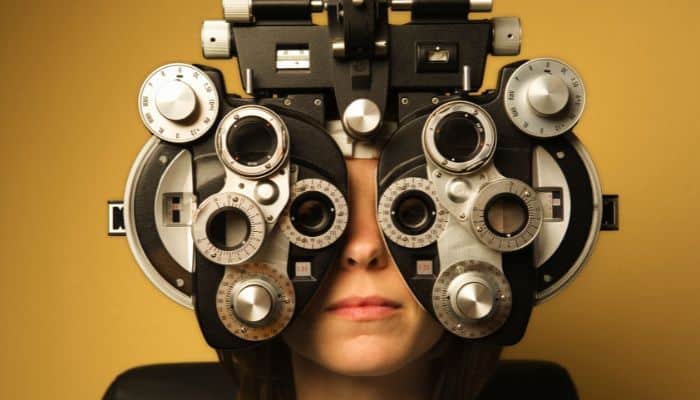If you’ve never previously worn glasses to see or read better, you may wonder what the difference is between prescription glasses and reading glasses. After all, both types of eyewear serve the same purpose: to improve your vision.
However, there are several key differences between the two that are important to know.
Even if you know the difference, you might wonder whether you should get prescription glasses or reading glasses. This decision is best made after consulting with an optometrist or ophthalmologist, as they will be able to assess your individual vision needs and make a recommendation.
(This page contains affiliate links. OGR may receive compensation if you click a link and make a purchase.)
The Difference Between Prescription Glasses and Reading Glasses

Prescription Glasses
Prescription glasses correct for a wide variety of vision problems, including nearsightedness, farsightedness, and astigmatism, in both adults and children.
In order to get a pair of prescription glasses, you must first have an eye exam. As the name implies, prescription glasses require a specific prescription, which can only be determined by a professional.
After your eye doctor has determined your vision correction needs, they will write it up (or print it out) and should provide your prescription to you at the end of your exam.
Once you have your prescription in hand, you can take it to any optical store or shop online to have your glasses made.
Reading Glasses

Reading glasses, on the other hand, can be purchased over the counter without a prescription. They are used to correct presbyopia – a condition that typically develops in middle-aged adults – which makes it difficult to focus on objects up close.
Reading glasses don’t require a doctor’s prescription because the lenses are essentially magnifiers. Instead, you can take a quick reading test to determine the reading power (or diopter) you need.
At your local drugstore, powers usually range from +1.0 (low magnification) to +3.5 (high magnification), in increments of +0.5.
You can also get non-prescription reading glasses with a diopter as low as +0.25, though you’ll likely have to find them online or at an optical shop.
10 Signs You Need Reading Glasses
What About Prescription Reading Glasses?

If over-the-counter readers don’t help you see up close well enough, you can also get prescription reading glasses. Just like regular prescription glasses, you’ll need to have an eye exam before getting them.
Prescription reading glasses are useful if you need different powers in each eye. For example, you may need +1.5 diopters in your right eye and +2.0 diopters in your left eye.
If you were to purchase an OTC pair of readers, you’d either have to settle for a magnification that’s too high or too low for one eye.
A professional can also prescribe bifocals or trifocals, which have two or three different powers – for near/intermediate/distance vision – in the same lens. In both cases, the bottom portion of the lens will have your reading power for close up tasks.
This is helpful because you won’t have to keep swapping out your glasses to see clearly at different distances.
If you don’t like lined bifocals, progressive lenses are a good alternative. They offer a smooth transition between different powers and don’t have any visible lines.
Of course, a customized pair of reading glasses will be more expensive compared to an OTC pair.
However, prescription readers are insurance and FSA/HSA-eligible.
So if you have a vision plan or health savings account, you can at least get some reimbursement for the cost. You’ll also be able to choose from a much wider selection of eyeglass frames, including designer options.
The Importance of an Eye Exam

While you don’t need an eye exam to get reading glasses, it’s still important to have your vision checked regularly – even if you don’t wear glasses or contacts.
This is because many eye diseases do not have symptoms in their early stages, so you may not know there’s a problem until it’s too late.
Besides specific eye conditions, eye exams can also detect other health problems, such as diabetes and high blood pressure.
For this reason, it’s recommended that adults have an eye exam at least once every two years.
If you have a family history of eye disease, are over the age of 65, or have other risk factors, you may need to have more frequent exams.
When to See an Eye Doctor
If you’re experiencing any vision problems – even if you just think your vision isn’t as sharp as it used to be – it’s a good idea to schedule an appointment with an eye doctor.
This way, you can get a comprehensive assessment of your vision and find out if you need prescription eyeglasses, reading glasses, or both.